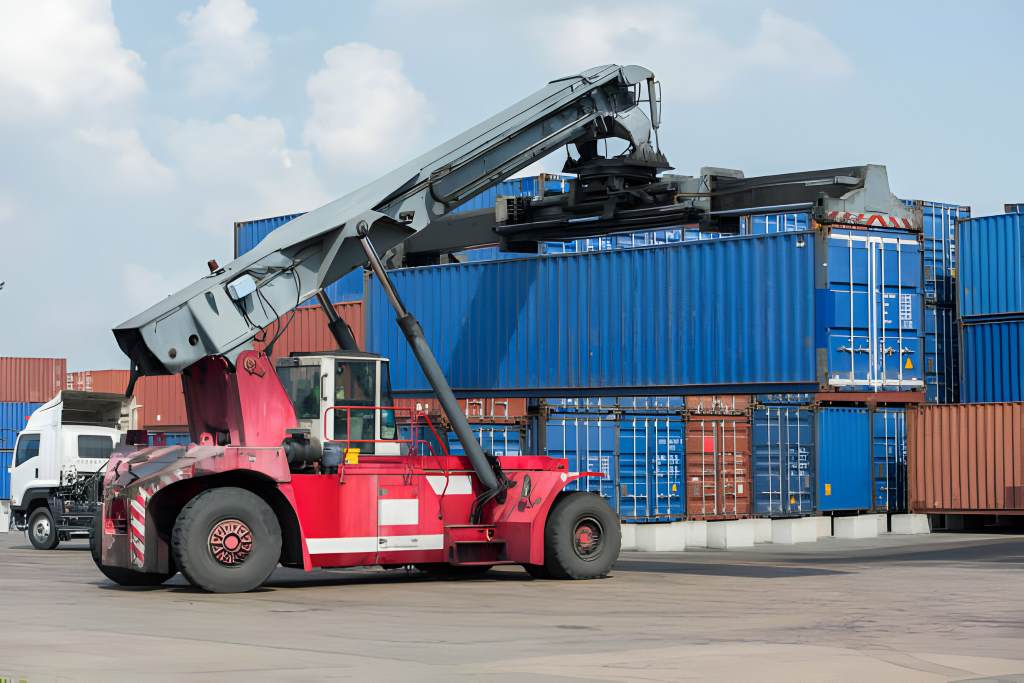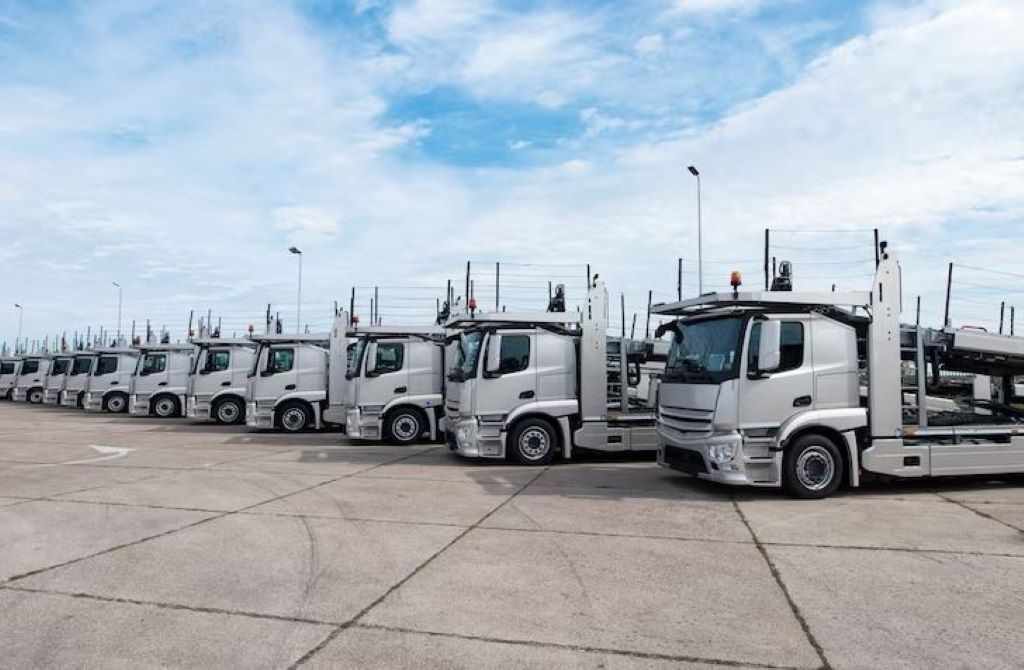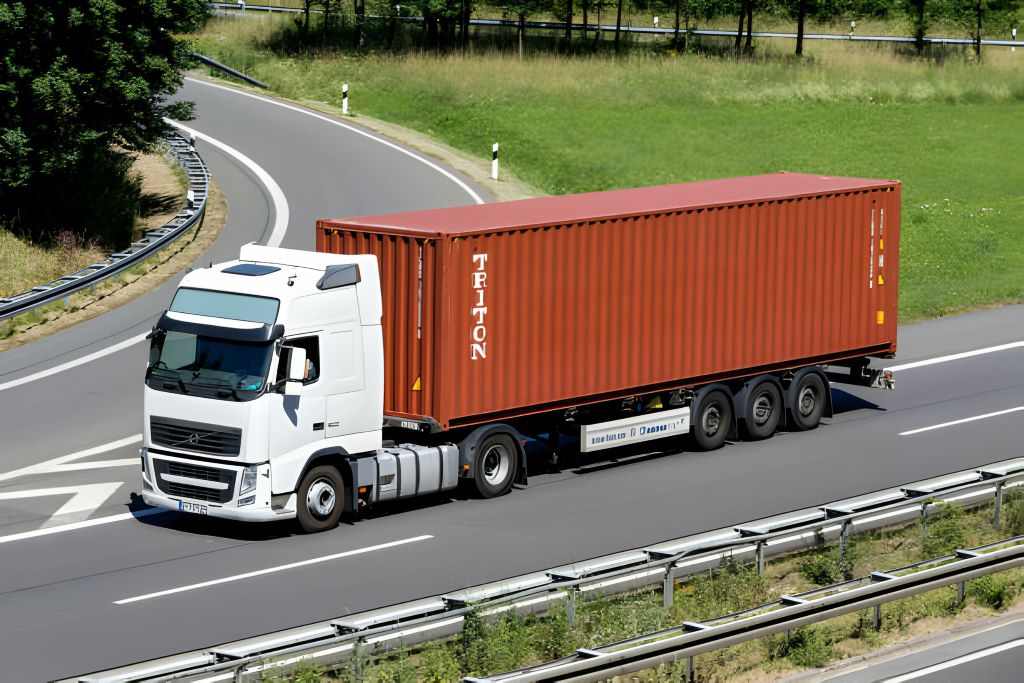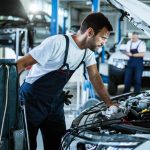The automotive industry stands at the crossroads of unprecedented change, driven by technological advancements, environmental concerns, and shifting consumer expectations.
In this transformative landscape, drayage companies, traditionally associated with short-distance transportation, are emerging as key players shaping the future of the automotive sector.
This comprehensive exploration delves into the multifaceted ways in which drayage companies contribute to the industry’s evolution.
A. Technological Integration in Drayage Services
Technological integration in drayage services represents a significant leap forward in the efficiency, safety, and overall effectiveness of short-distance transportation.
Telematics and Fleet Management
This technology, when applied to fleet management, delivers a host of benefits. Here are some of them:
- Real-Time Tracking and Monitoring: Drayage companies leverage telematics systems to provide real-time tracking, enhancing visibility and control.
- Optimizing Routes: Fleet management systems are utilized to optimize routes, reducing fuel consumption and operational costs.
Automation and Autonomous Vehicles
These vehicles hold the potential to revolutionize the way we move, presenting a host of benefits:
- Efficiency and Safety: Drayage companies adopt autonomous vehicles to enhance efficiency and safety in transportation.
- Automated Cargo Handling: Automation extends to cargo handling and loading processes, reducing dependency on manual labor.
Data Analytics for Predictive Maintenance
In the realm of industrial operations, data analytics has emerged as a game-changer, particularly in the domain of predictive maintenance:
- Proactive Maintenance Approaches: Drayage companies employ data analytics for predictive maintenance, ensuring proactive identification of potential issues.
- Reducing Downtime: Predictive maintenance minimizes downtime, contributing to improved overall fleet performance.
B. Sustainable Practices in Drayage Operations
In the realm of drayage operations, sustainability is emerging as a guiding principle, transforming the industry’s environmental footprint.
Electric and Alternative Fuel Vehicles
The advantages of electric vehicles extend beyond environmental benefits:
- Reducing Carbon Footprint: Drayage companies transition to electric and alternative fuel-powered vehicles to diminish their carbon footprint.
- Eco-Friendly Transportation: The adoption of cleaner fossil fuel sources promotes eco-friendly transportation, aligning with broader sustainability goals.

Smart Warehousing for Efficient Inventory Management
In the age of Industry 4.0, smart warehousing has become the linchpin of modern logistics, reshaping traditional inventory management practices:
- Minimizing Waste: Drayage companies implement smart warehousing solutions to reduce waste through streamlined inventory processes.
- Resource Management: Smart warehousing enhances resource management, contributing to sustainability gains.
C. Logistics Strategies for the Future
Logistics strategies for the future are undergoing a paradigm shift, driven by technological innovations and a holistic approach to supply chain management.
Blockchain for Enhanced Supply Chain Transparency
Blockchain technology is revolutionizing supply chain management by introducing unprecedented levels of transparency and traceability:
- Securing the Supply Chain: Drayage companies integrate blockchain technology for transparent and secure supply chain operations.
- Fraud Prevention: Blockchain minimizes fraud and enhances traceability, ensuring the integrity of the supply chain.
Collaborative Partnerships in the Ecosystem
These partnerships transcend traditional supplier-customer relationships, emphasizing a collective approach where diverse entities collaborate to create value for all stakeholders.
- Strengthening Relationships: Drayage companies foster collaborative partnerships with manufacturers and suppliers.
- Operational Efficiency: Collaborations within the automotive ecosystem enhance communication and streamline operations for mutual benefit.
D. Challenges and Opportunities
Challenges and opportunities in the drayage industry present a dynamic landscape for companies navigating the evolving automotive sector:
Infrastructure Challenges
Infrastructure challenges pose significant hurdles to economic development and societal progress:
- Electric Vehicle Adoption: Drayage companies face challenges related to electric vehicle adoption due to limited charging infrastructure.
- Investing in Infrastructure: Collaborations with government entities, private stakeholders, and supply network logistics are essential for investing in charging infrastructure.
Regulatory Compliance
In the complex landscape of industries and commerce, regulatory compliance stands as a cornerstone for ethical and lawful operations.
- Navigating Evolving Regulations: Drayage companies must navigate evolving regulatory frameworks related to emissions standards and sustainability.
- Ensuring Compliance: Regular audits and adherence to industry best practices are crucial for sustained regulatory compliance.

Workforce Training and Adaptation
In the dynamic landscape of the modern workplace, workforce training and adaptation have become instrumental.
- Technology Integration: Trucking companies in the logistics sector confront challenges related to workforce adaptation to new technologies.
- Investing in Training: Investing in workforce training programs ensures employees are proficient in operating and managing automated systems effectively.
E. Success Stories and Case Studies
Success stories and case studies within the drayage industry showcase the transformative impact of innovative approaches:
Drayage Companies Leading the Charge
In the realm of freight transportation, drayage companies are emerging as trailblazers, spearheading innovative solutions for efficient and sustainable logistics.
- Innovative Technological Adoption: Success stories highlight drayage companies that have successfully embraced technology and automation.
- Strategic Sustainability Initiatives: Case studies showcase sustainable practices, including the transition to electric vehicles and positive environmental impacts.
F. Strategic Positioning for the Automotive Revolution
Strategic positioning for the automotive revolution is paramount for drayage companies seeking enduring success:
Importance of Strategic Positioning
Drayage companies must recognize the importance of strategic positioning within the evolving automotive landscape. This involves continual adaptation to emerging trends and a commitment to innovation.
Continuous Adaptation and Innovation
To thrive in the changing automotive industry, drayage companies must adopt a mindset of continuous adaptation and innovation. Proactively seeking opportunities and embracing change positions them as leaders in the transformative journey.

Sustainability Integration
Integrate sustainable practices into operations, such as transitioning to electric vehicles and reducing environmental impact. Position the company as a leader in environmentally conscious logistics solutions.
Continuous Innovation and Adaptation
Foster a culture of innovation within the organization to encourage creative solutions. Adapt quickly to emerging technologies, such as automation and data analytics, to enhance operational efficiency.
Collaborative Partnerships
Strengthen collaborations with manufacturers, suppliers, and other stakeholders within the automotive ecosystem. Foster mutually beneficial relationships to navigate industry changes collectively.
Conclusion
The role of drayage companies in shaping the future of the auto manufacturing supply chain is undeniably pivotal, influencing the efficiency and responsiveness of the automotive market as a whole.
As these companies embrace technological innovation, integrate sustainable practices, and redefine logistics strategies, they become not just transporters of goods but architects of a new era in automotive transportation.










